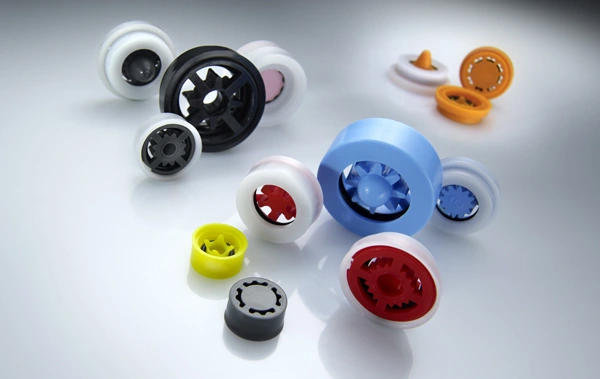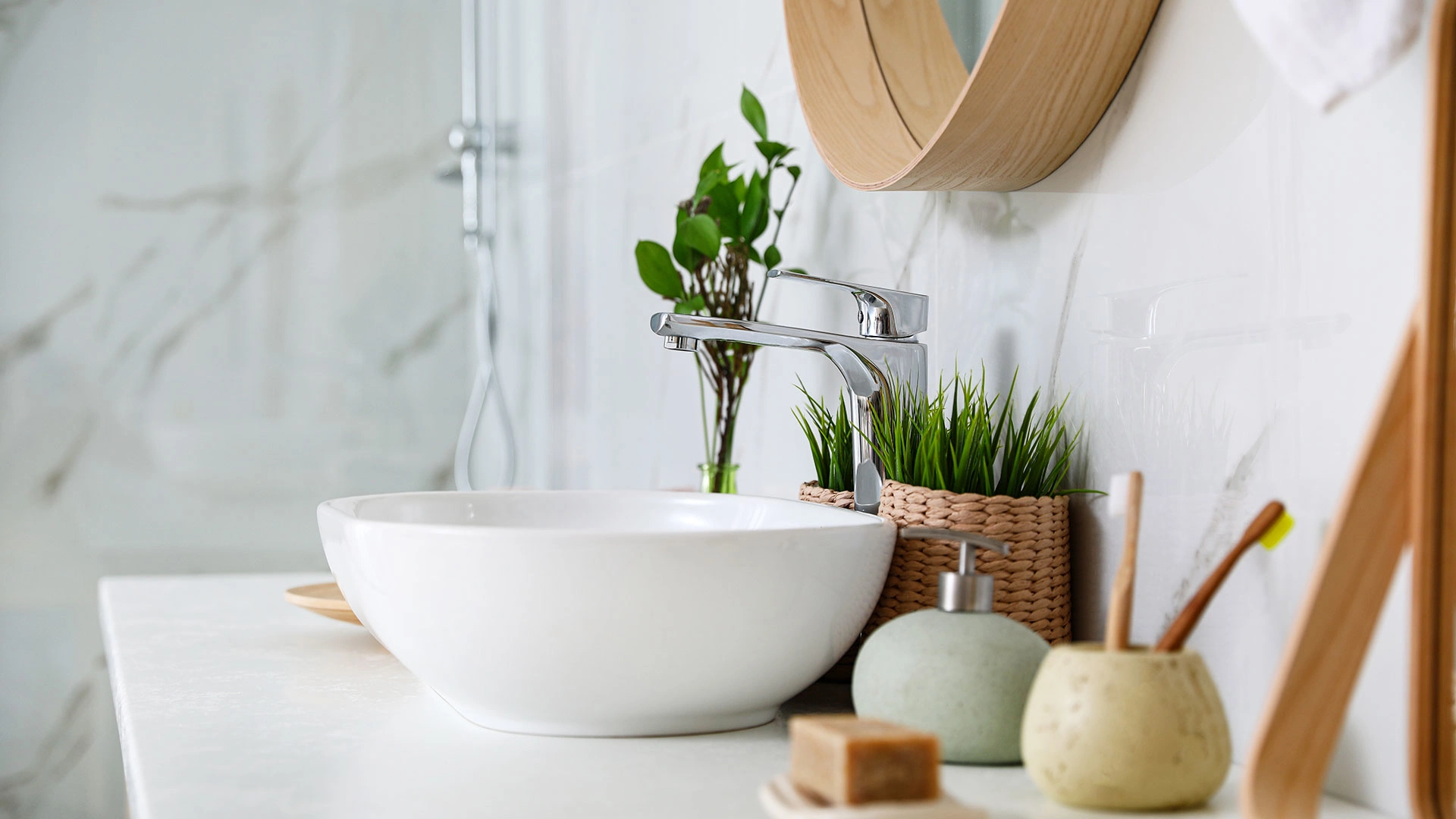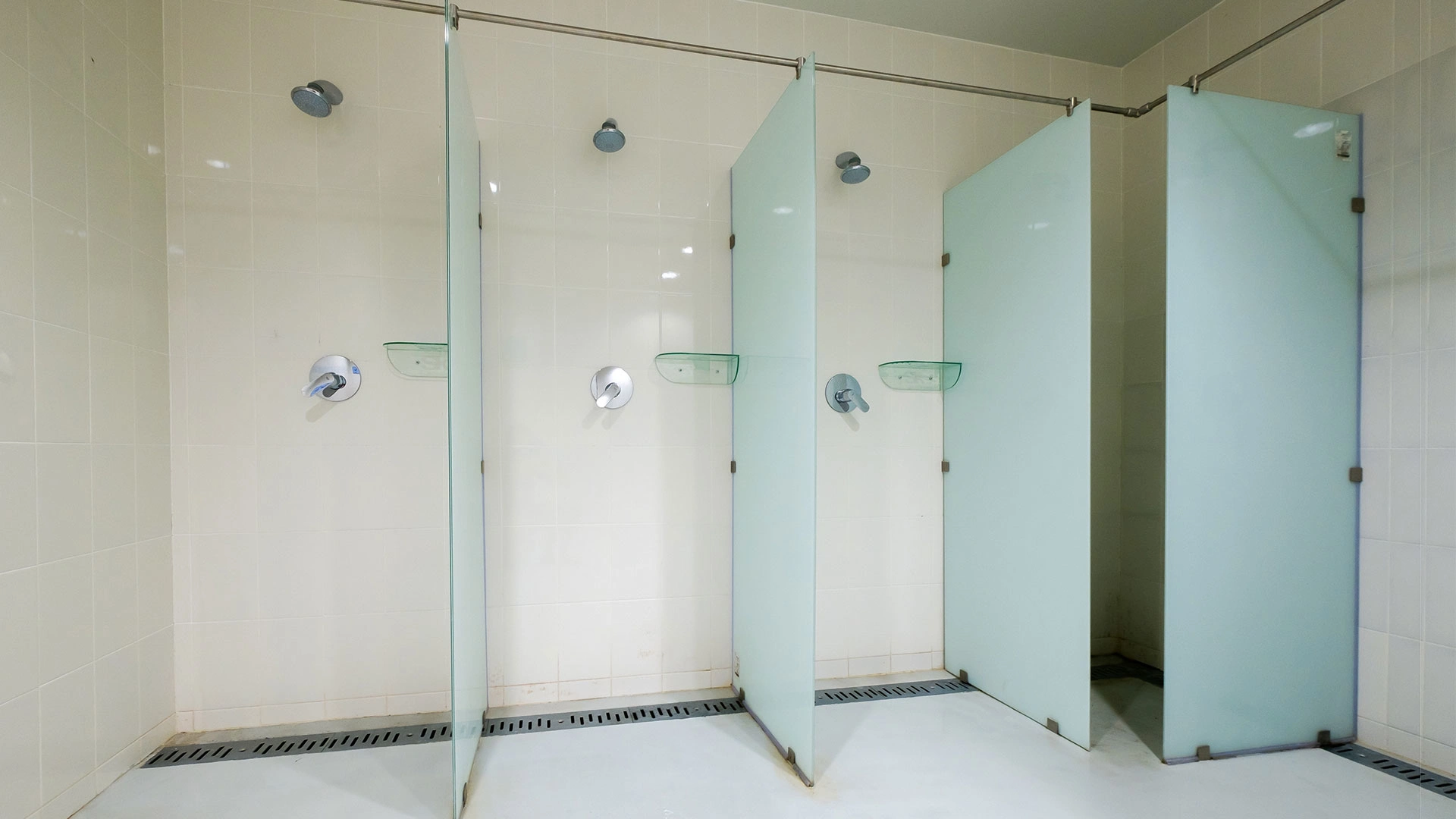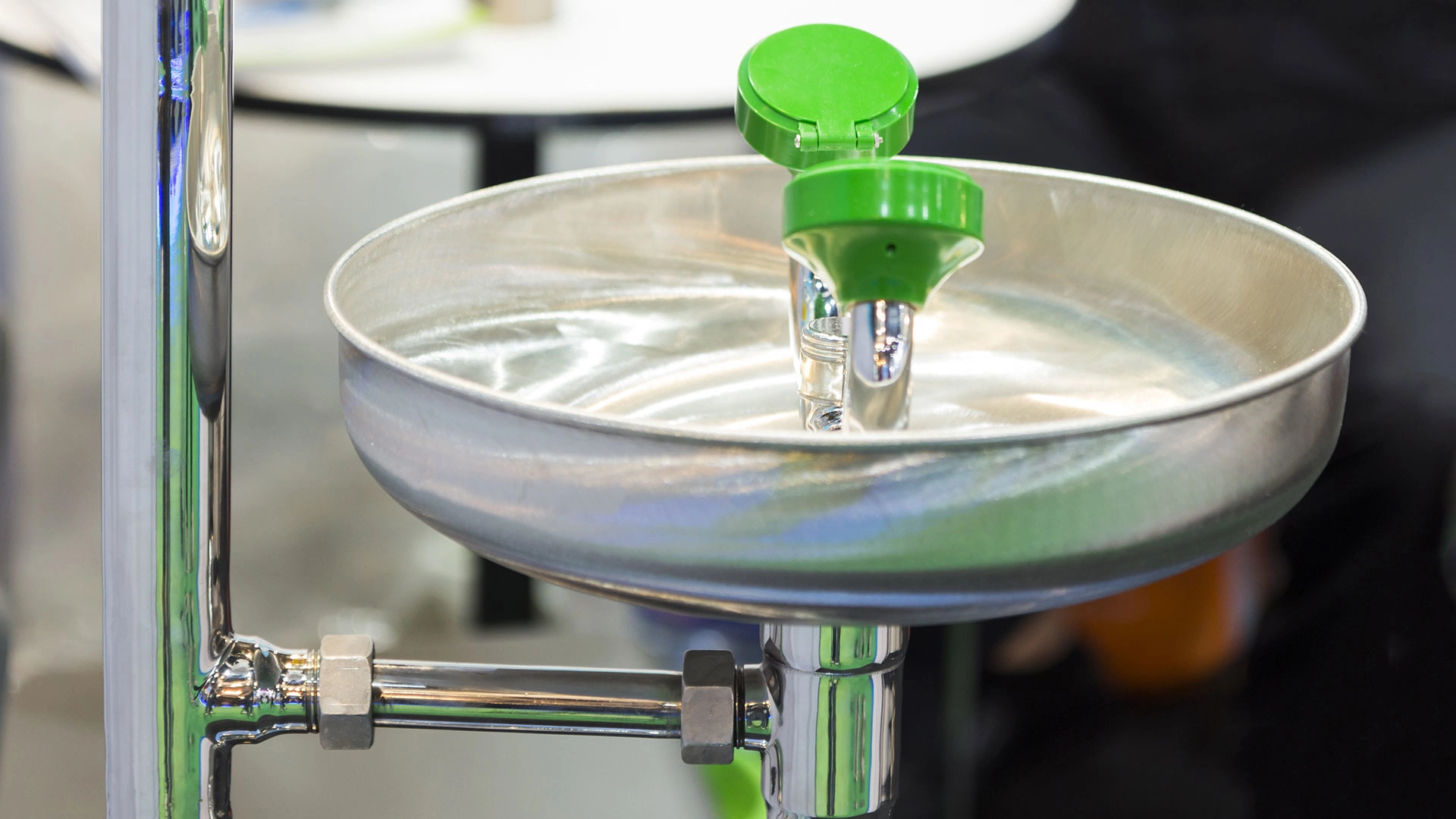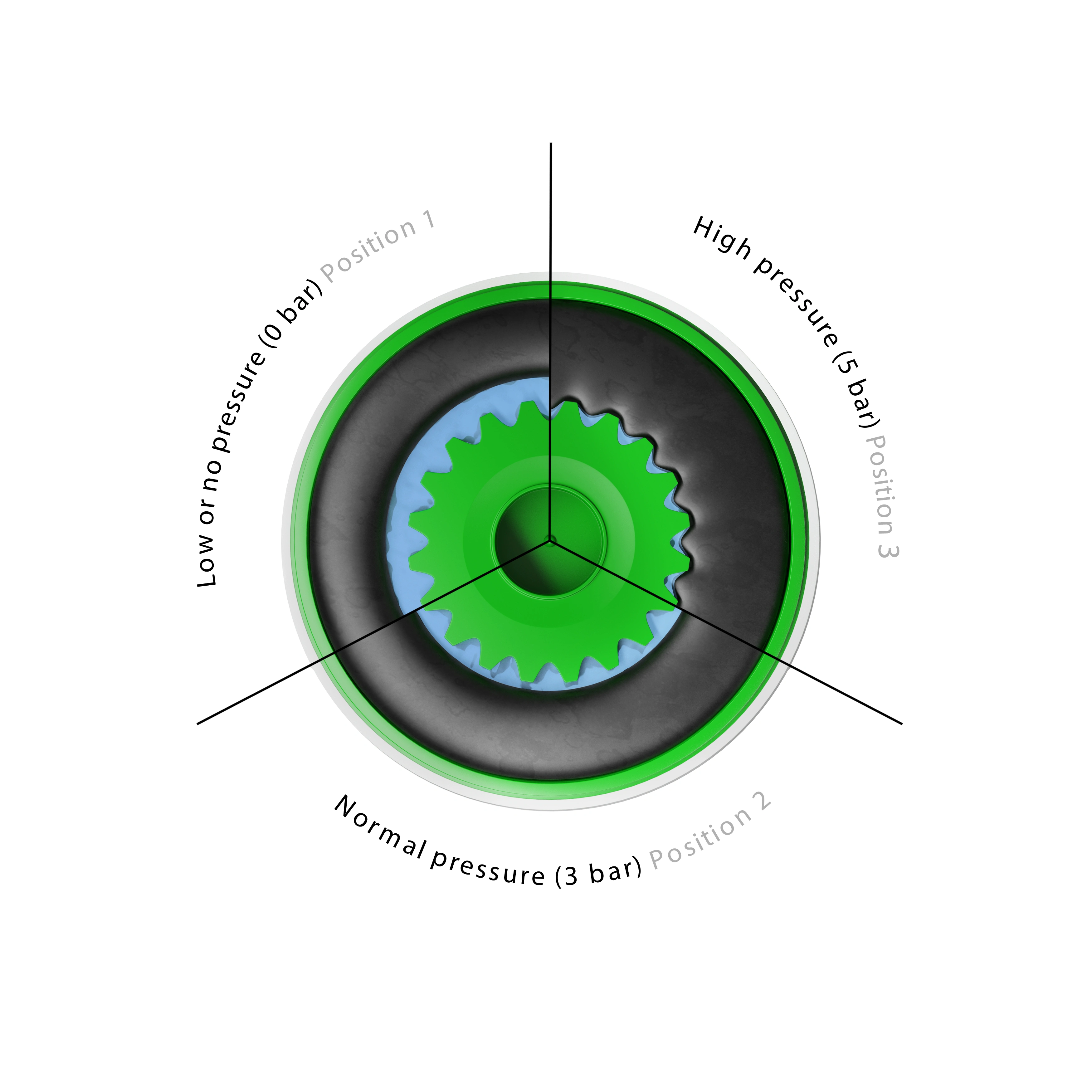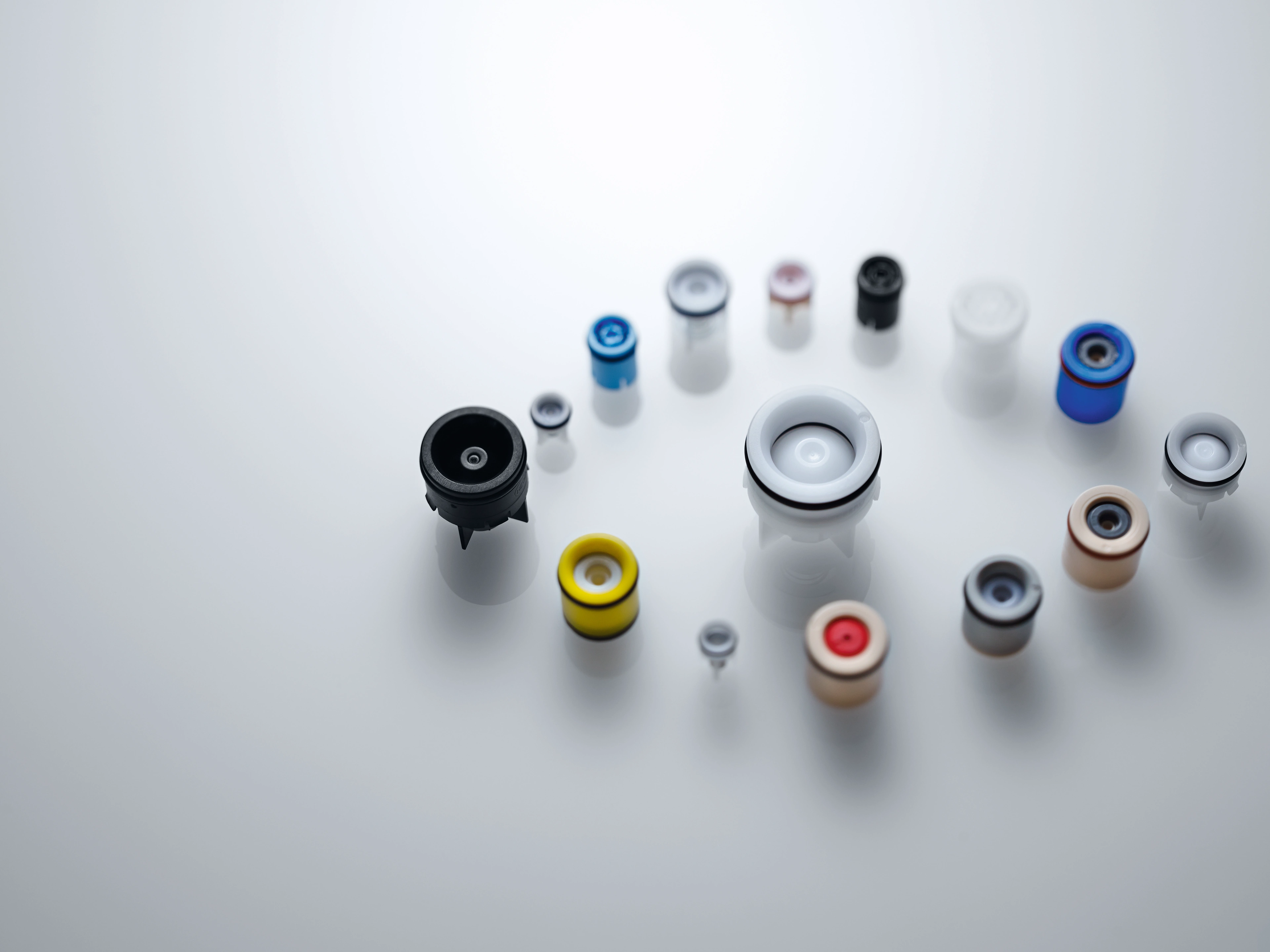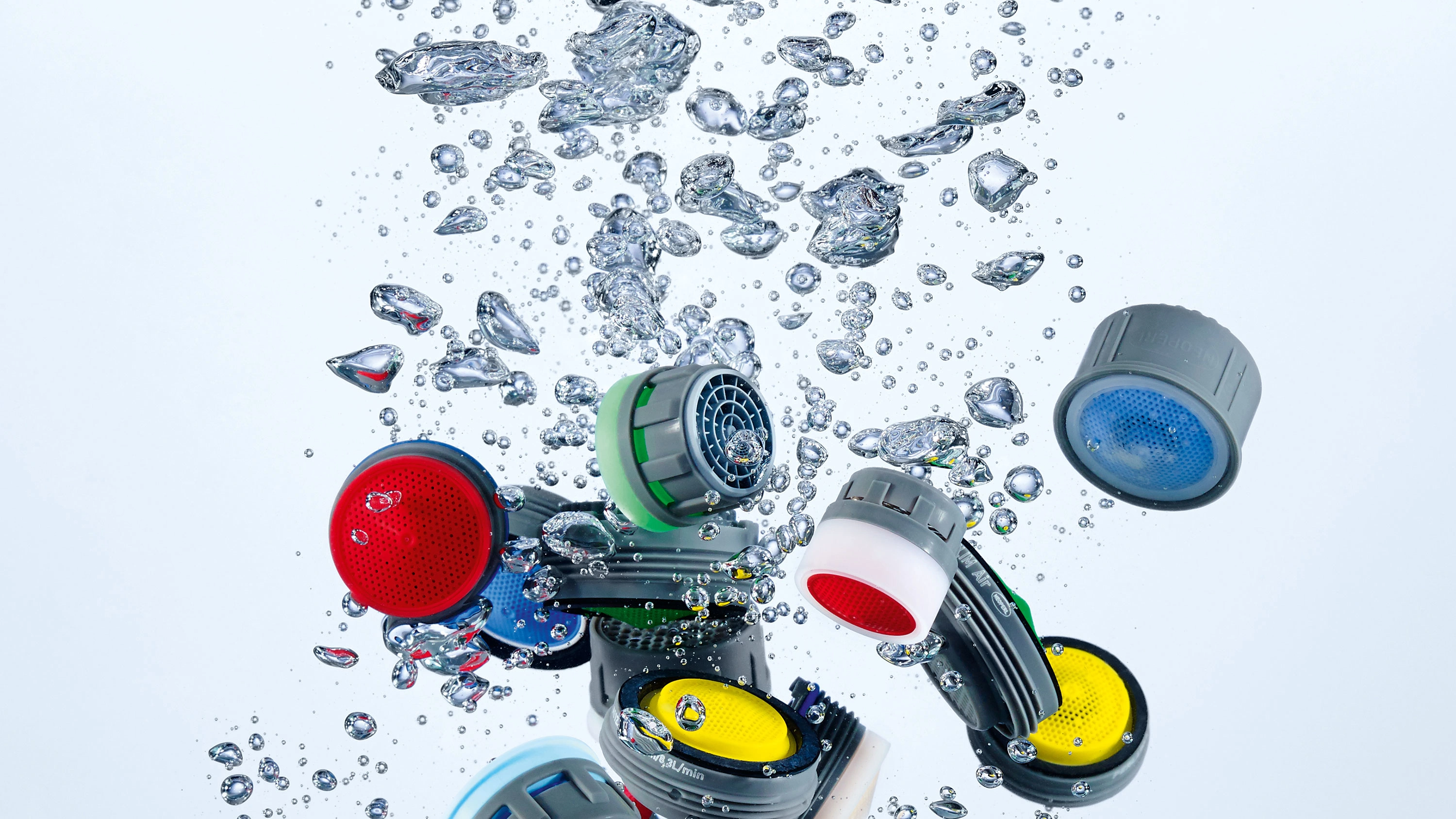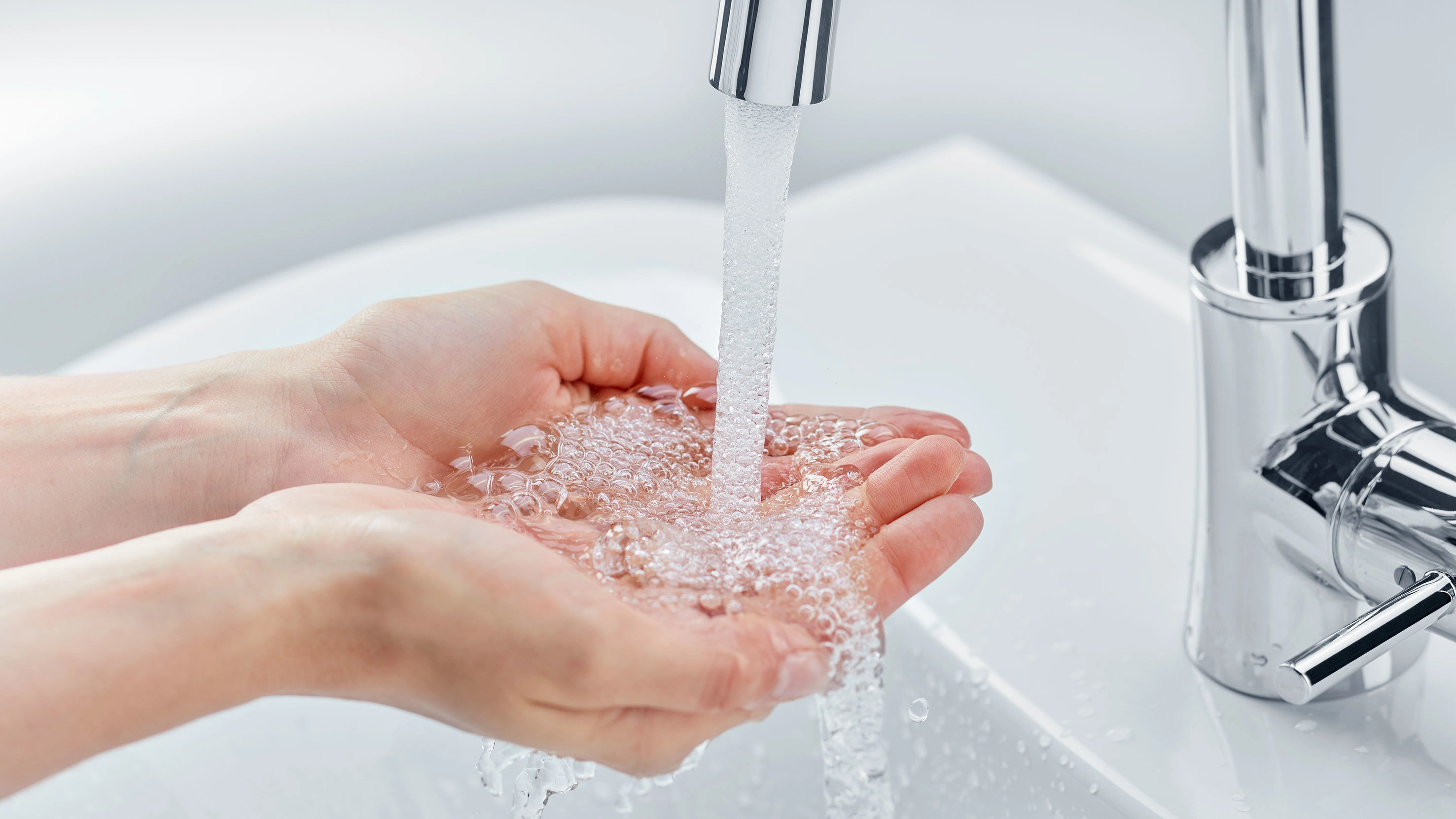To use water efficiently, the flow rate must be precisely regulated. NEOPERL flow regulators adjust the water flow rate to meet your requirements. They optimize water consumption in household faucets or are installed as sub-components in drinking water supply lines for technical applications.
Flow rate ranges
In this PDF file, you can see which of our product lines cover which range of flow rates.
Flow regulators: flow rate range by product line | pdf | 841.71KB
